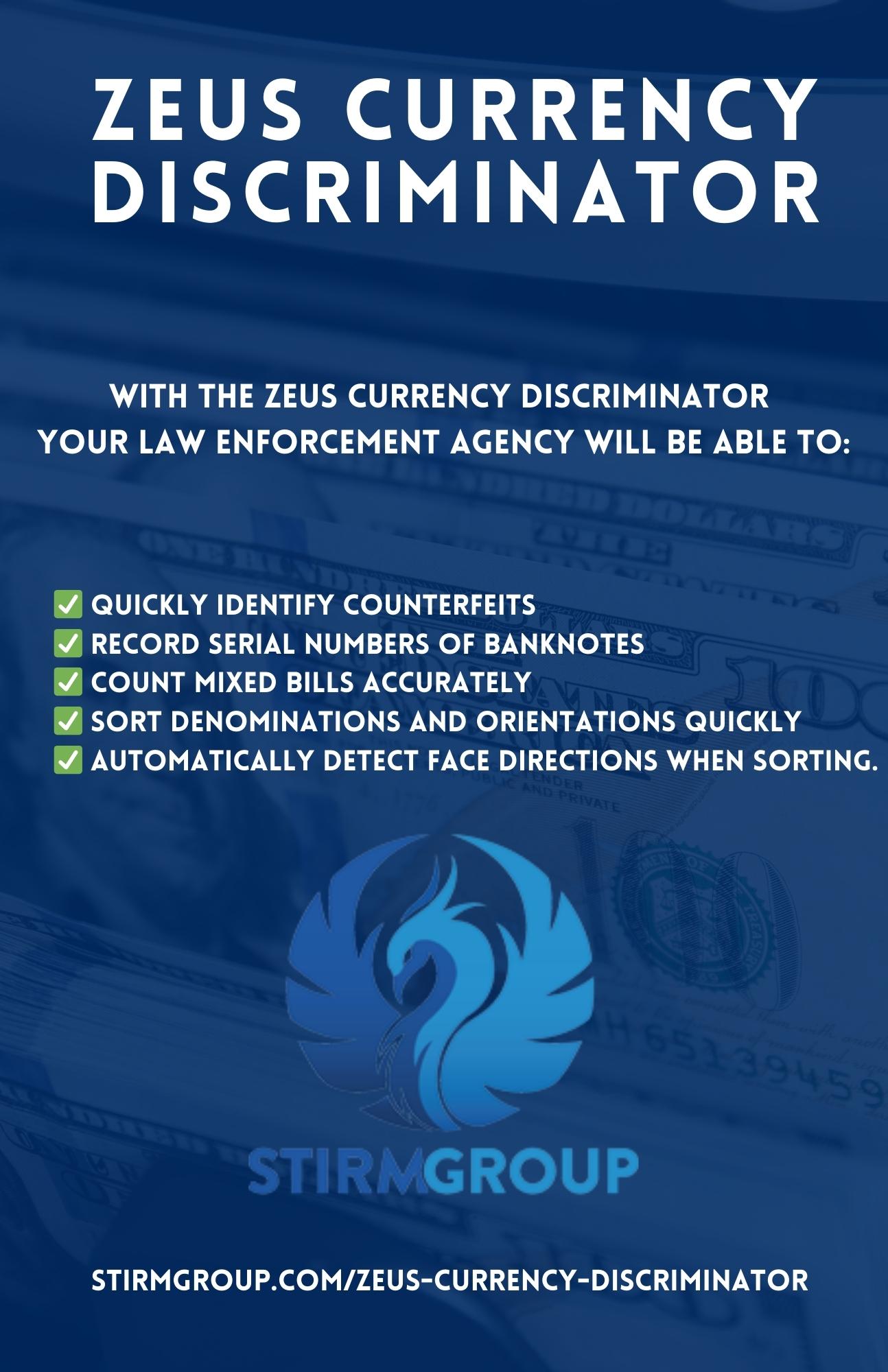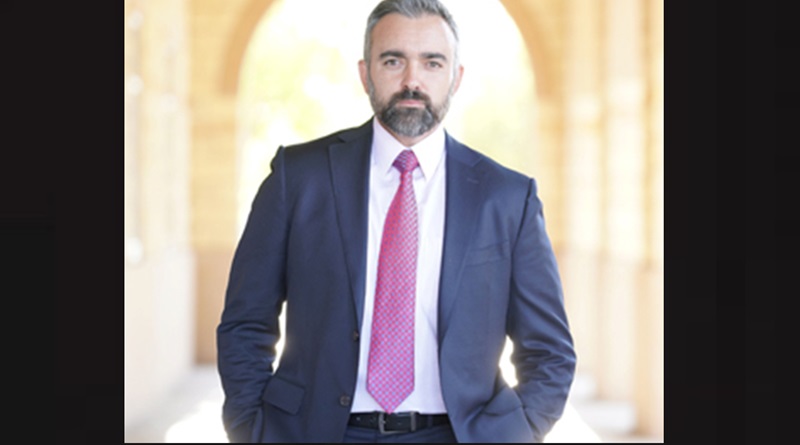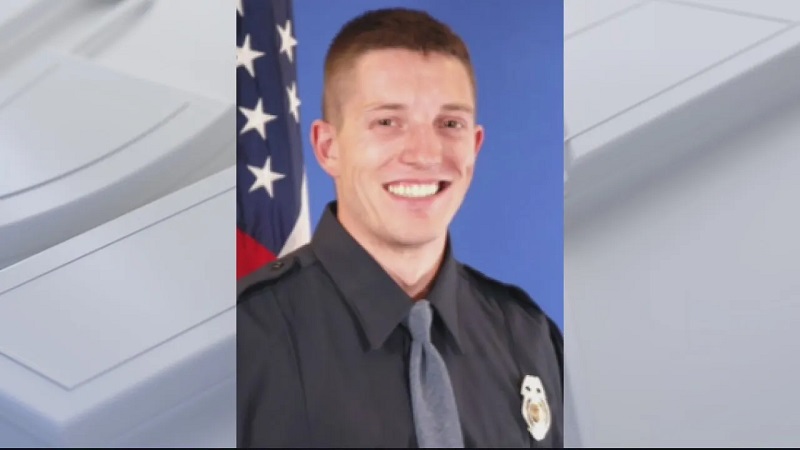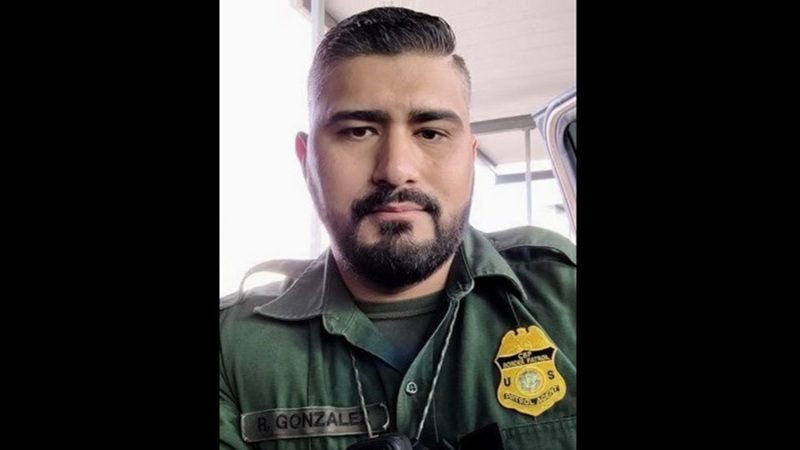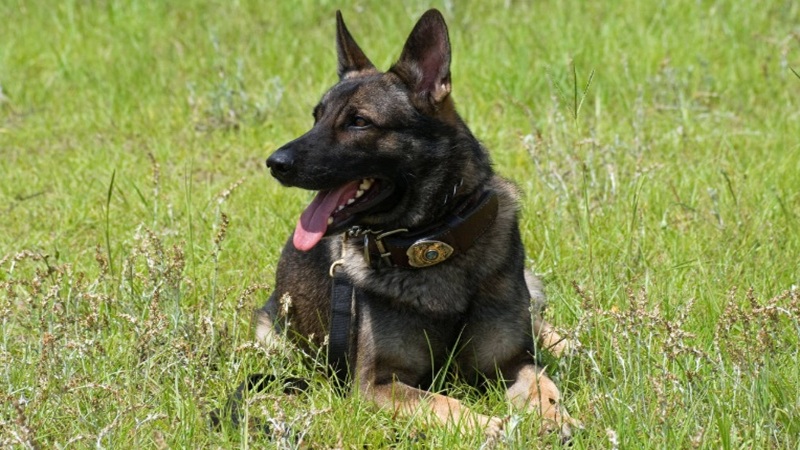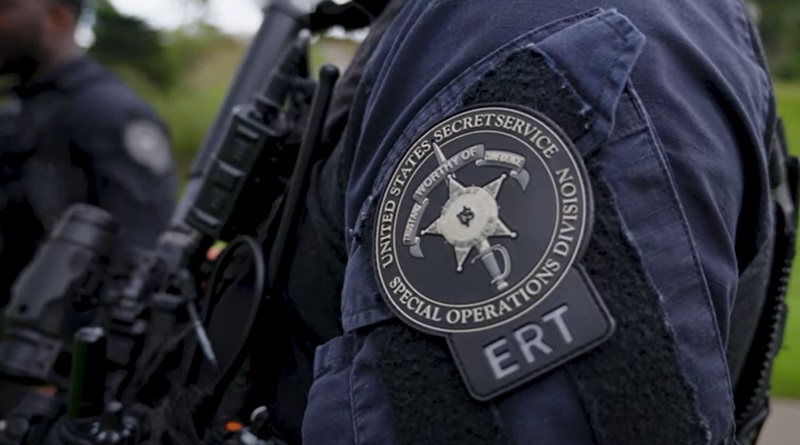
Whether it is considered ironic or not, the U.S. Secret Service (USSS) was established by President Andrew Johnson in 1865, just months after he rose to the Presidency in the aftermath of Abraham Lincoln’s assassination. Despite what most think, the USSS was not created because of Lincoln’s death, but because of the rampant counterfeiting of U.S. currency after the Civil War that was threatening to destabilize the economy.
According to the USSS history website, the agency, under the Department of the U.S. Treasury, their role was soon broadened to include “detecting persons perpetrating frauds against the government.” This appropriation resulted in investigations into the Ku Klux Klan, nonconforming distillers, smugglers, mail robbers, land frauds, and a number of other infractions against federal laws.
Although President Gover Cleveland occasionally used SS personnel for security, it wasn’t until after the assassination of President William McKinley in 1901 that Congress requested the USSS to provide security for the President, and two men were assigned to the White House detail. In 1906 Congress actually passed funding for the presidential protection duties and in 1908 agents began protecting the President-elect and the President’s family gained protection in 1917.
In the post-9/11 reorganization, the USSS was moved from the Treasury Department to the newly formed Department of Homeland Security.
It wasn’t until 1965 that it became a federal crime to attempt to assassinate the President after it was realized that John F. Kennedy’s assassin, had he lived, would have been subject only to Texas law. Extended protections for Presidential and Vice-Presidential family members after the principal left office were added to USSS duties and, in 1968, as a result of presidential candidate Senator Robert F. Kennedy’s assassination, Congress authorized protection of major presidential and vice presidential candidates and nominees, and eventually to candidates polling at 20% or more of the Real Clear Politics National Average for 30 consecutive days.
According to the USSS website: “The Secret Service calls upon other federal, state, and local agencies to assist on a daily basis. The Secret Service Uniformed Division, the Metropolitan Police Department, and the U.S. Park Police patrol the streets and parks nearby the White House. The Secret Service regularly consults with experts from other agencies in utilizing the most advanced security techniques. The military supports the Secret Service through the use of Explosive Ordnance Disposal teams and communications resources. When the president travels, an advance team of Secret Service agents works with the host city, state, and local law enforcement, as well as public safety officials, to jointly implement the necessary security measures.”
Ideally, these methods include exhaustive coordination of various agencies and resources. With 3,200 agents, most of whom are assigned to their traditional investigative duties, the USSS relies not only on local law enforcement but also may draw from among the dozens of other federal agents to supplement the complex and manpower-intensive detail of securing a site. Preparation for a protectee’s visit can include a review of intelligence from the region to uncover previous threats and persons of interest who may get a pre-event visit from agents. Explosive detection dogs may be employed to examine the site, and mechanical chemical detectors may be employed to detect radiation or dangerous chemicals. Aerial surveillance may be conducted to determine vulnerabilities and potential hiding spots.
Egress routes for a quick escape, along with alternates, and availability of emergency medical care are planned. It is reported that the agent’s decision of which hospital to take President Ronald Reagan to after he was shot in Washington, D.C. was critical to the President’s successful treatment and survival. A command center that sorts through communications from the various agencies involved in the detail and responds to changing conditions is essential to interagency cooperation.
Agents are not happy when a protected person decides to walk into an audience or along a parade route, but they watch closely the body language of persons nearby. Candidate George Wallace was shot in 1972 while interacting with the crowd, and President Gerald Ford had two attempts on his life within 17 days while walking.
We don’t know how many threats and attempts have been successfully intercepted by the USSS The number would likely be impressive, but the failures make the headlines. Those recent failures are stunning. The response from the White House was underwhelming after the attacks, and the cooling of the rhetoric was short-lived. Changes to the Secret Service must be made to restore it to its credibility as an elite law enforcement agency. That change must come from the one person for whom the agents’ greatest efforts and sacrifices are made – the President of the United States.
Make a difference. Support the NPA.


